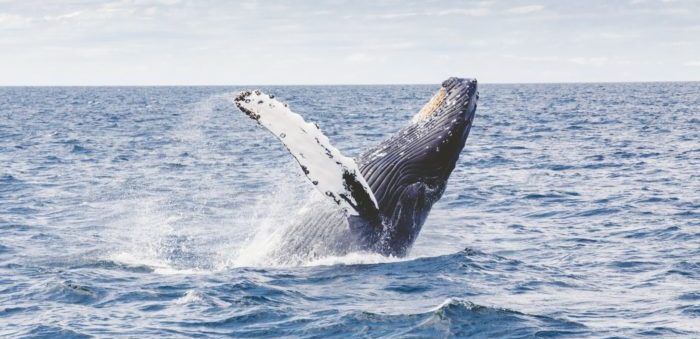A smart buoy that can “hear” the ocean and monitor climate change is part of a new effort to help endangered whales avoid ship collisions on their journey from Antarctica to the equator.
According to Reuters, the buoy was installed in the Gulf of Corcovado, some 1,100 kilometers south of Chile’s capital, in early October and is the first of many planned by the Blue Boat Initiative, a project designed to protect whales and monitor marine ecosystems.
The buoy works by using software called Listening to the Deep Ocean Environment (LIDO), which monitors sounds and uses artificial intelligence to identify sea mammals, their type and location in real time. It then alerts nearby vessels so they can reduce noise and avoid collisions.
The device also contains sensors for water temperature, oxygen levels and more to monitor ocean health and the impact of climate change, which is expected to help guide public policy.
This is the beginning of a longer road. From there, there are no limits, the idea is to be able to cover the entire migratory route of the whales from Antarctica to the equator
said Sonia Espanol, director of the Blue Boat Initiative.
The area deals with a large volume of marine traffic responsible for sound pollution and a threat to sea mammals that depend on sound for navigation and hunting.
Recently, ICS encouraged the shipping industry to take action to reduce the risk of harm to endangered whale species, saying that significant steps have already been taken by the industry to help protect marine mammals.




























































